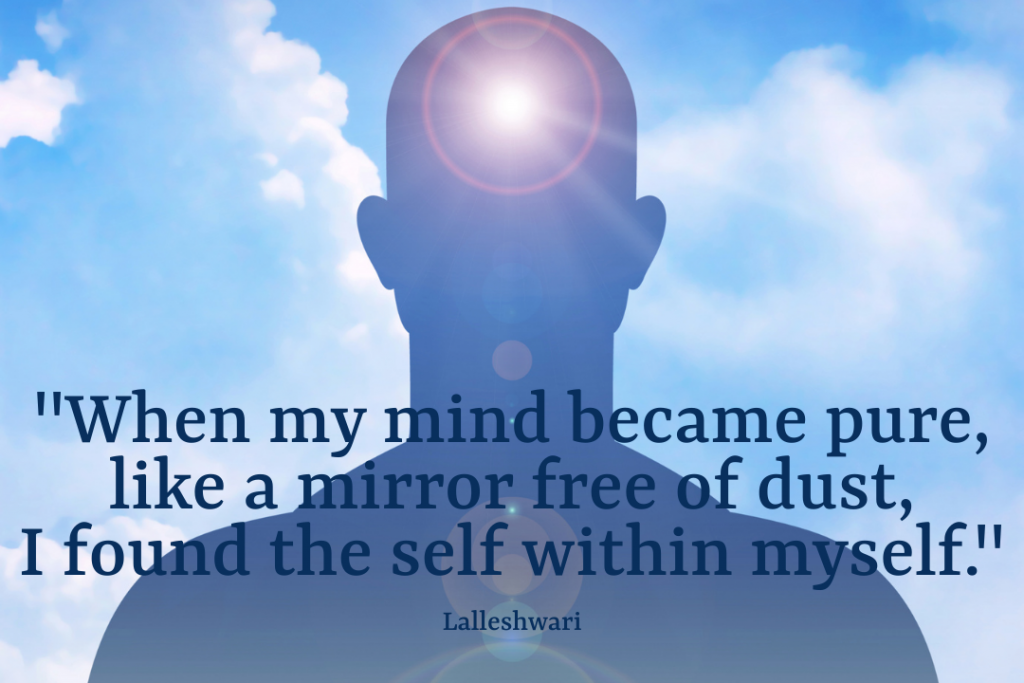What makes a great Kirtan teacher?

It has been an interesting enquiry as to what makes a great Kirtan teacher. I was first deeply touched by this practice over 25 years ago by my spiritual teacher who is a master of Kirtan. Whenever she leads, her devotion to divine universal energy is tangible. Back then 1000 people would all chant together in call and response and we were all ecstatic! In that moment I was inspired to one day be able lead Kirtan myself and to be able to uplift people to higher states.
I have now been leading Kirtan for 25 years and I have been defining and researching in my own journey what it takes to be a great leader.
These are my 5 essential steps:
- The most important aspect is your devotion to your inner Self. Whichever form that takes. It could be a Deity or super consciousness itself. The moment you lead you are an instrument for the transmission of supreme universal love. Therefore to lead Kirtan powerfully you have to be transparent. You need to surrender your ego personality to allow a greater universal energy to flow through you by letting go of notions such as ‘I am the singer’ or ‘I am the creator of this vibration’. Kirtan ultimately is about allowing the chant to flow through you. It is vital therefore before leading to clear your channel by chanting mantras to invoke grace and blessings. Then people can receive transmission of the highest energy rather than your personality state.
- An ability to lead a simple vocal melody line and to play a basic melody on the harmonium or at least to sustain a drone. Develop a foundation in understanding basic Kirtan tabla rhythms (even if you don’t play the drums), that you can guide your drummer through speed changes. Each Kirtan builds in rhythm over several minutes so it is important not to lead all at one volume and to learn how to vary the dynamics.
- To be able to project your voice into the space to uplift the group. It is important to develop an open voice so your vocal technique enhances the flow.
- It is important to be able to follow the ‘shakti’ or divine inner energy, to intuitively know which chant is appropriate for the ‘sangham’ or group in that moment. There are multiple deities and ‘ragas’ or moods to choose from and you need to be able to judge the overall state of the participants at the start of each Kirtan to facilitate a more uplifting or contemplative journey as required.
- Finally, to be a leader who channels universal love and allows the group or community to experience the state of oneness during the Kirtan so that they are touch moved and inspired to carry that higher vibration into their daily lives.







